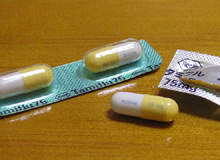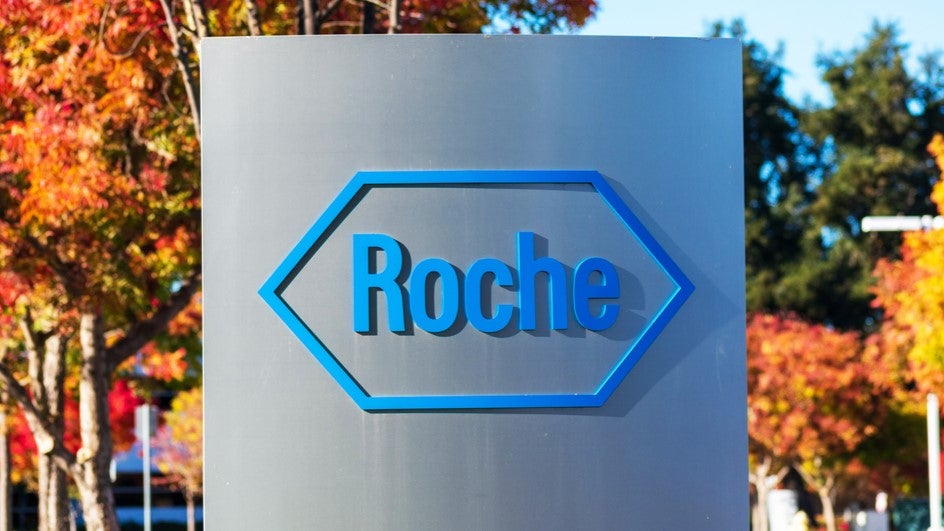
Tamiflu and Relenza have been catapulted from near-obscurity to become two of today's most infamous drug brands thanks to the recent swine flu outbreak that is becoming a growing concern the world over.
In the last 24 hours alone tourists have been warned not to set foot on Mexican soil, the World Health Organization (WHO) has raised its alert level from 3 to 4 – signifying that the virus can cause community-level outbreaks – and cases have been confirmed in the UK and Israel. It has become clear that containment of the swine flu outbreak is no longer feasible.
The 149 deaths in Mexico are suspected to be the result of the potent combination of the avarian, swine and human flu viruses, although only 20 of these have been confirmed.
Combined with the illness's increasingly frequent appearance around the world, this is enough to send shivers down the spines of many. But for GlaxoSmithKline's Relenza and Roche's Tamiflu the outbreak could not hold more potential.
Drugs like gold dust
Each year the flu virus mutates slightly, requiring new vaccines to treat it every winter. But what seems to have created the Mexican swine virus is what is known as antigenic shift.
See Also:
This allows the flu virus to acquire large genetic changes very quickly and can therefore spread rapidly through populations.
How well do you really know your competitors?
Access the most comprehensive Company Profiles on the market, powered by GlobalData. Save hours of research. Gain competitive edge.

Thank you!
Your download email will arrive shortly
Not ready to buy yet? Download a free sample
We are confident about the unique quality of our Company Profiles. However, we want you to make the most beneficial decision for your business, so we offer a free sample that you can download by submitting the below form
By GlobalDataSwine influenza A viruses detected in the US and Mexico were first tested with two antiviral drugs – amantadine and rimantadine – and appeared resistant. Luckily, the 'N' in the H1N1 strain that is causing today's health scare is known to be sensitive to Relenza and Tamiflu. In fact, patients being treated by these anti-viral medicines around the world appear to be responding well.
But this doesn't mean all is well for treatment. As suddenly as they found possible cures, the challenge shifted from finding the right drug to finding enough of it. The anti-viral medicines oseltamivir (Tamiflu) and zanamivir (Relenza) were stockpiled by many governments after the Severe Acute Respiratory Syndrome (SARS) outbreak in 2002.
However, as Frost & Sullivan programme leader pharmaceuticals and biotechnology life sciences Shabeer Hussain explained to pharmaceutical-technology.com, it is hard to know just how big these supplies are.
On Monday 27 April 2009, Roche and GSK announced they were liaising with the WHO. GSK has sent 100,000 packs of Relenza to Mexico and Roche committed to having three million packages on standby – half held in the US and half in Switzerland.
In the UK, it is thought that the government has enough anti-viral medicine to treat half its citizens.
On 27 April the US government released a quarter of its stockpiles and declared a national health emergency, confirming 40 cases of the virus across the US from California, Kansas, Texas and 28 in New York.
But after Roche cautioned that it could take up to eight months to complete the production process – from drug synthesis to packaging – panic buying began. Suddenly the company's previous warning of long lead times of the drugs and the need for governments to be prepared seems less like a sales pitch and more like sensible advice.
In 2005, demand for Tamiflu was so high it was being sold on eBay and it may only be the fact that this practice is now banned that is stopping a repeat occurrence. Websites that sell the drug on a "no questions asked" basis or with a simple online questionnaire basis are inundated with requests and many have already issued warnings that stocks might not last.
Turning to riches
Hussian says that both pharmaceutical companies are "very active" in ramping up production but as supplies of Tamiflu and Relenza seem to turn to gold dust, share prices of GSK, Roche and co-developer Gilead have rocketed.
Tamiflu is sold by F Hoffman-La Roche, which pays sales-related royalties to Gilead. On 27 April the San Francisco Business Times reported that Gilead shares had jumped to $47.53 from $1.73.
According to a Gilead announcement earlier in April, first-quarter royalties in 2009 had decreased to $33.2m from last year's figure of $93.4m, "due to decreased sales related to pandemic planning initiatives worldwide". A mass turnaround is now predicted.
Meanwhile, Roche stocks gained 3.5% on the news and GSK's rose 5.7%. Hussain says, however, that it is too early too predict any long-term share price increase. "We need to wait and watch; to see the spread of swine flu and the precautionary measures taken by the governments," he explains.
Both drugs are expensive to produce and for governments to purchase, so neither end of the deal is likely to make any rash decisions.
But with mass production comes a decrease in costs and with the world watching, the decisions taken by political parties to protect their citizens are likely to be closely scrutinised by the public. For Roche, Gilead and GSK, this is no bad thing.




